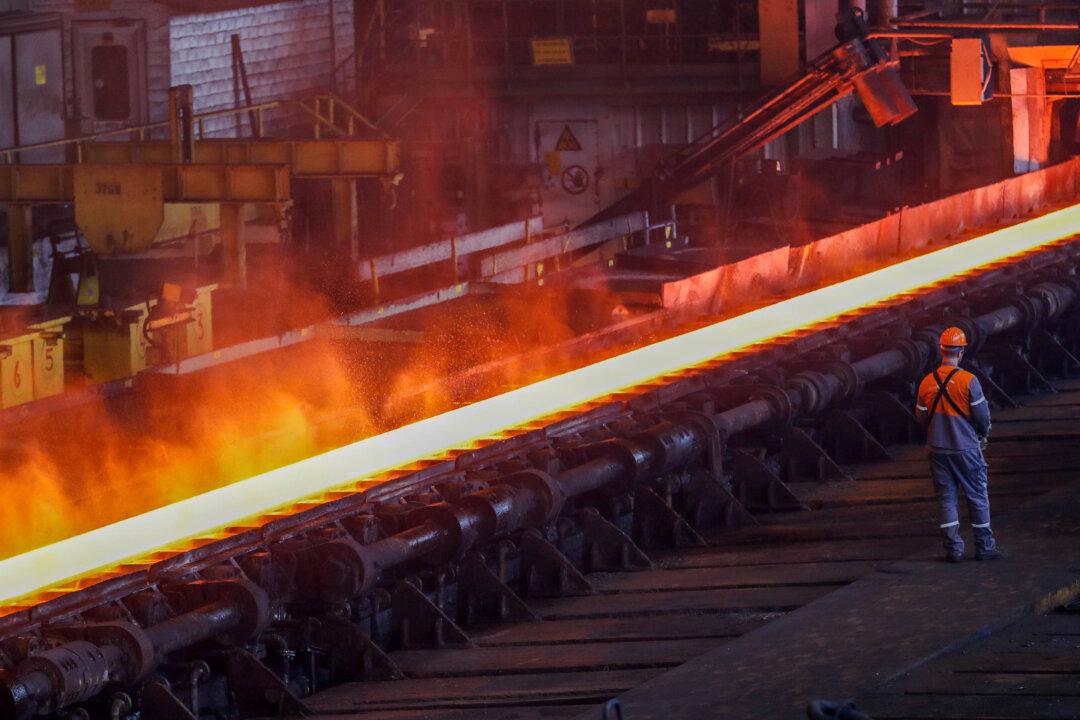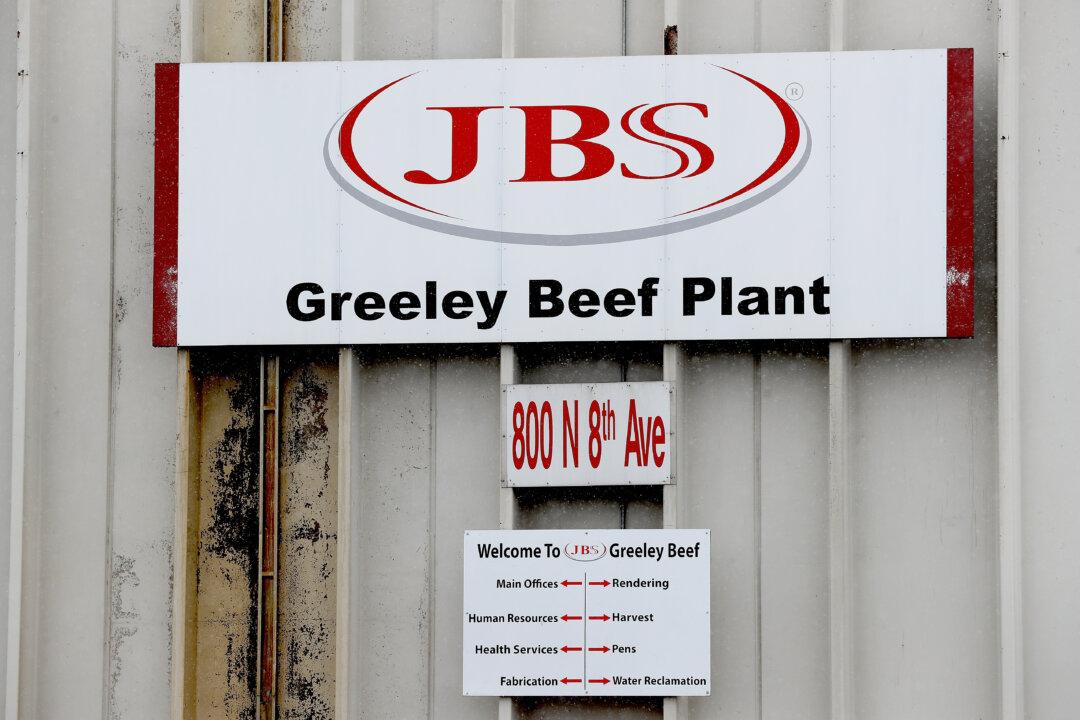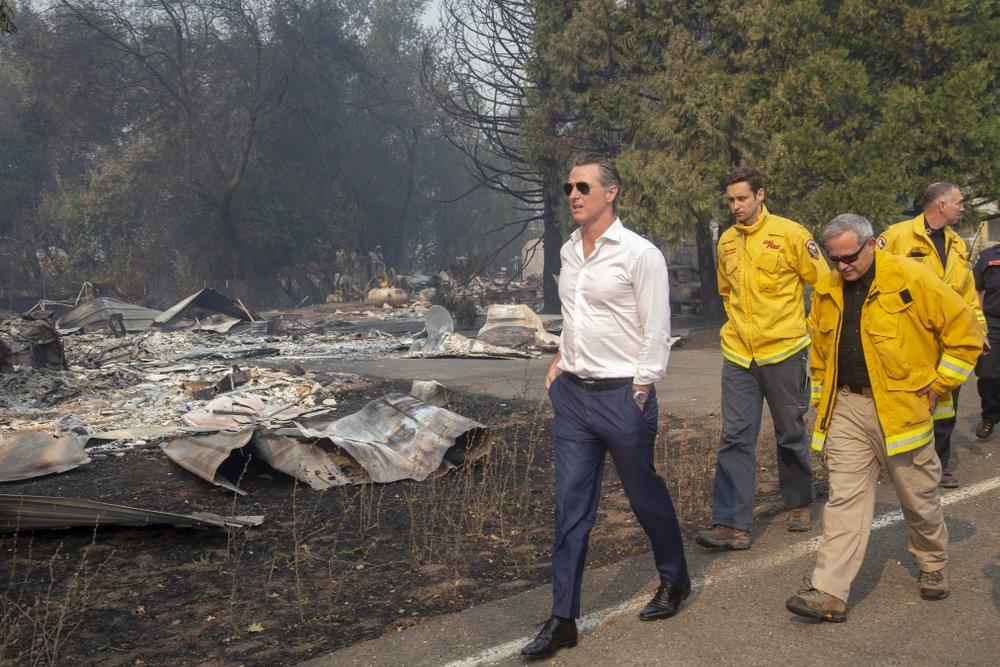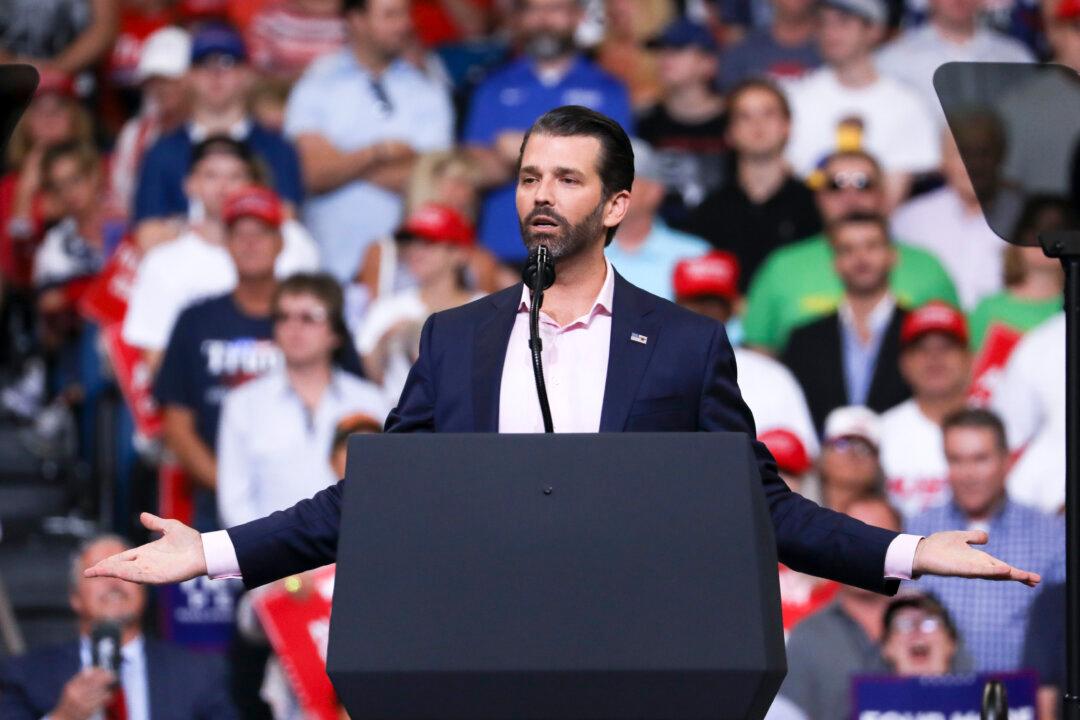ArcelorMittal presented plans last week for carbon-neutral steel production across its European operations by 2050, but said that the right policies and massive investments of at least $786 billion would be necessary to transition to “green” hydrogen from coal used in furnaces.
The findings support research in the United States (pdf) suggesting that greenhouse gas regulations could see the steel industry shrink by 38 percent by 2040.





